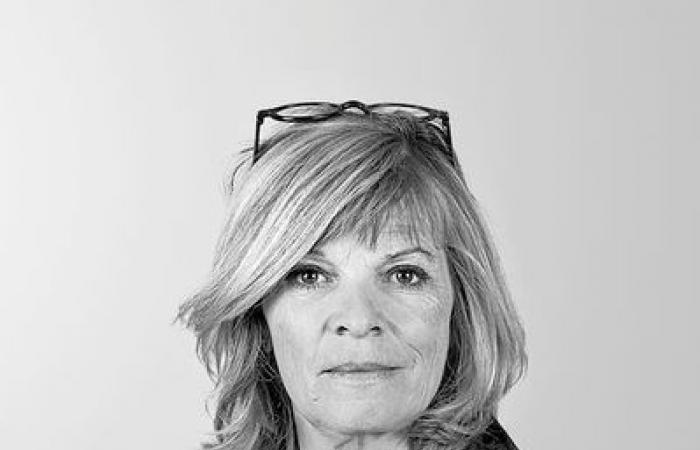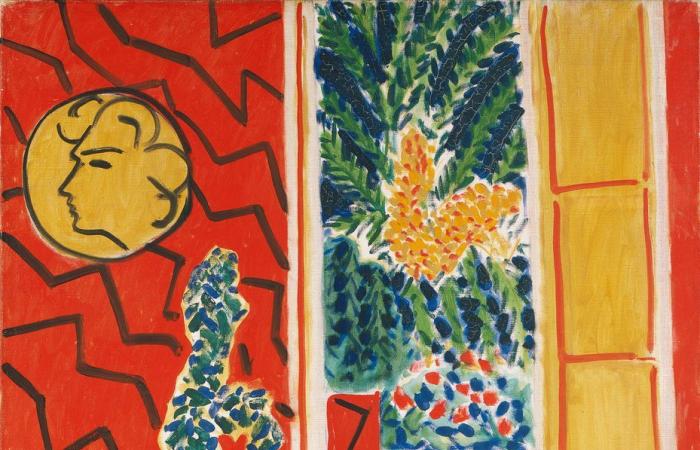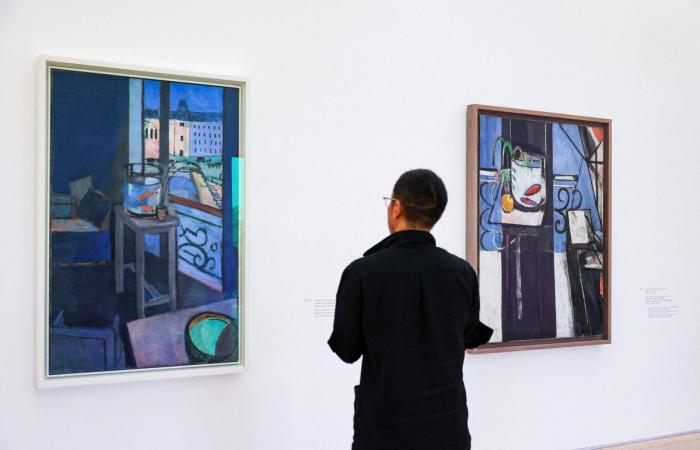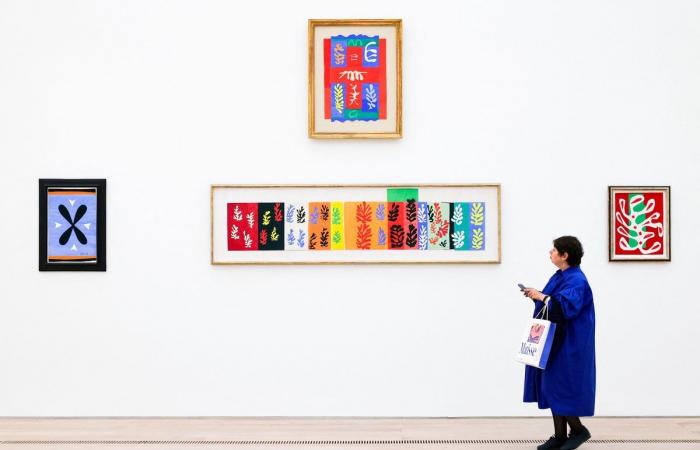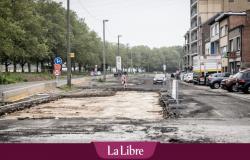The event is also artistic for the Riehen Foundation, which brings together 73 significant works by the artist, so rare in a retrospective version. Behind the scenes tour.
“The Large Reclining Nude” (1935) came from the Baltimore Museum of Art, of which it is one of the flagship pieces and which therefore very rarely lends it.
AFP
Published today at 11:01 a.m.
- The exhibition “Matisse, invitation to travel” is visible at the Fondation Beyeler.
- It presents works from all over the world, except Russia.
- The selection includes rare masterpieces, no longer exhibited in Switzerland for years.
- This colossal project required the support of numerous patrons and foundations.
Yes… the impossible is in the exhibition “Matisse, invitation to travel”, hung in several places at the Fondation Beyeler. Without designating them, director Sam Keller surveys four interior scenes, brought together in a room, so similar in the art of creating an overflowing life behind closed doors and so singular in their range of motifs.
Oxygen – in Matisse, we can say color, sovereign, sensitive – circulates in a closed vacuum. Sometimes the windows blend into the decor, sometimes interior and exterior merge. But this painter’s breathing never imitates reality. She never dissociates herself from the presence of the imagination. And never, four years ago, would Sam Keller have dared to dream of bringing together such a quartet to celebrate the art of a child from the North (1869-1954) who found “happiness” in the light.

“The red interior, still life on a blue table”, oil from 1947 from the North Rhine-Westphalia Art Collection, Düsseldorf.
bpk/Collection d’art de Rhénanie-du-Nord-Westphalie, Düsseldorf/Walter Klein
The miracle was repeated with three versions of “Interior of the goldfish bowl” brought together without falling into the laziness of a simple call for comparison. Or with these “Blue Nude”, star cut-outs of a painter, old, infirm, and forced to reinvent an art in “drawing with scissors”. Everyone dances, punctuating the group dynamics of a work obsessed with expression. We feel their sisterhood sculpted in the gouache sheet, we observe their emancipation from flatness, we even envy them for being so free to get to the essential.
“When we get a piece, we’re super happy. Then comes a second positive response. And even a third, so yes… we quickly become greedy,” Sam Keller openly gloats. There were refusals! This is the game of exhibitions but they also increase the energy of the troops to find something else. To be negotiated. To insist, again.
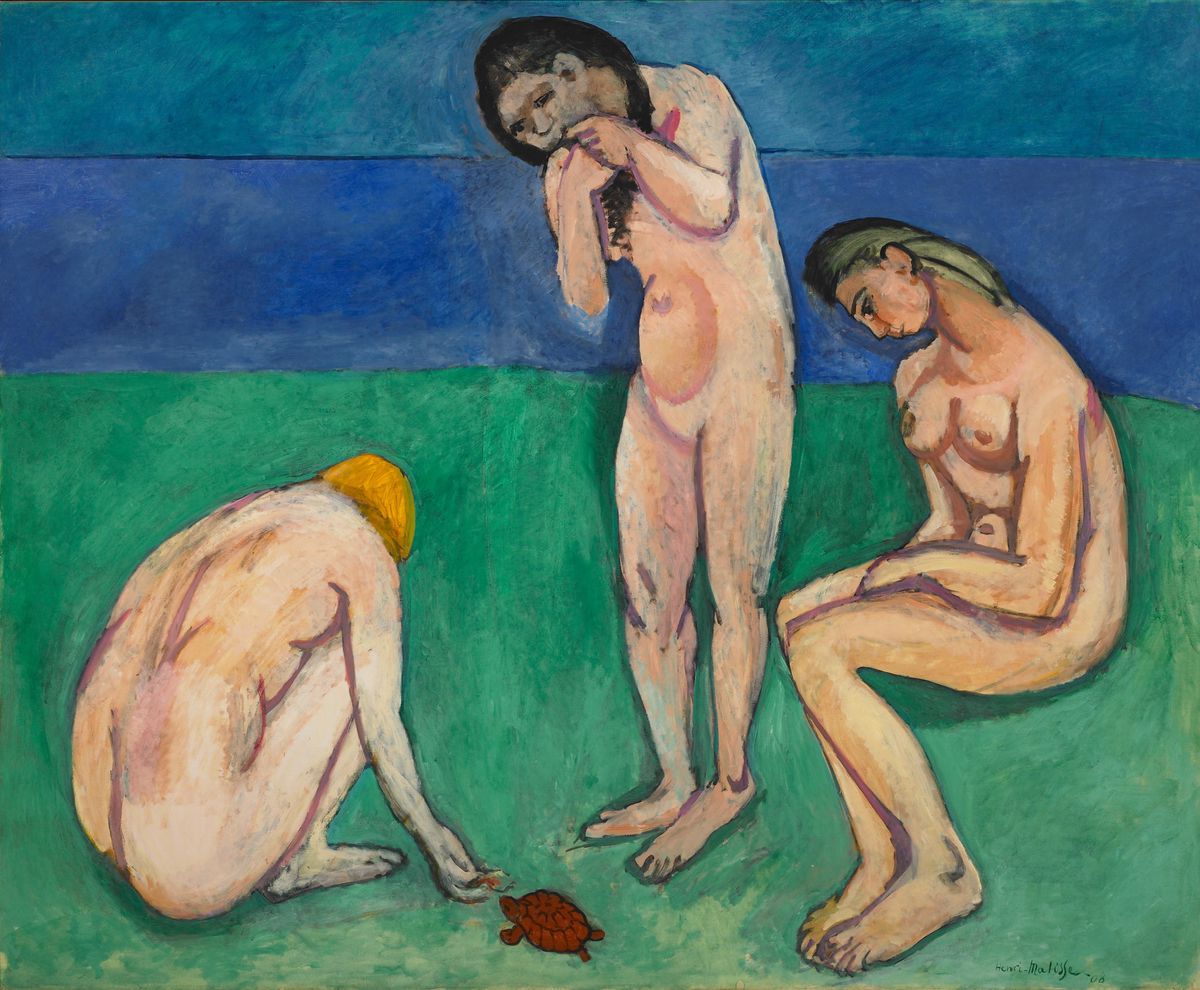
“Bathers with the Turtle” (1907-08) illustrate Matisse’s desire to get to the essential.
H. Matisse / 2024, ProLitteris, Zurich. Photo: St. Louis Art Museum
The “Bathers with the Turtle” – a canvas as synthetic as it is dense, as narrative as it is enigmatic – could bear witness to this. Rarely leaving their setting at the Saint-Louis Art Museum, they boost the magnetic power of the whole and make us forget the reservations expressed by the curators of the last major Matisse retrospective in Switzerland – eighteen years ago in the same place – convinced of having “touched the limits of what is feasible in terms of costs and insurance.”
Do without Russia
This time we are talking about around thirty lenders for around seventy pieces, arriving from the United States and all over Europe. But “The Dance” remained hanging in St. Petersburg as a daring masterpiece of the 20th century.e century. Like the triumphant “Desserte rouge” by Matisse, tutelary spirit of the core of Fauve artists.
“Of course if there hadn’t been the war, we would have applied for loans,” responds Sam Keller. “But this is a question of integrity, now is not the time for collaboration with Russian state museums. At the beginning, we thought about the difficulty of doing without, but with what we obtained, he whispers, there is really no shortage of these loans to go through and tell the story of nearly six decades of creation.
A revolution in barely ten years
And it starts strong with “La desserte” (1896-1897), this heir to the impressionist lessons that its owners agreed to lend for the first time in thirty years. Opposite, the idea of color, a sensation of light, already sneaks into the sepulchral “Nu au chausier rose” (1900) before lighting up, jubilant in “The terrace in Saint-Tropez” or experimental in the touch divisionist of “Luxury, calm and voluptuousness”, painting produced in the same year, 1904. Without any real follow-up, the desired singularity not being there. Matisse will find it by traveling even further, to the Orient and in the emotional intensity of color.

Three “Interior of a goldfish bowl” punctuate the exhibition, highlighting the artist’s infinite capacity to reinvent himself.
AFP
“Showing the importance and dazzlingness of this development is one of the major reasons for doing a retrospective,” notes its curator, Raphaël Bouvier. Landscapes, women, odalisques, still lifes, all the themes parade through this route which alternates paintings and sculptures to underline the dynamics of a self-fertilizing work.
Moreover, there is always a Matisse diagonally across from another, in mirror or in ambush, proof of the artist’s infinite inspiration as much as a playful, even mischievous, wink from the curator. Like this elongated nudity squinting at another, captured from behind. Or this forest of bronze heads which merge the same gaze at 360 degrees. Or even this sculpted silhouette with displayed mimicry with that of the “Large reclining nude”.

The large room of the Fondation Beyeler welcomes the cut-out gouache papers, an artistic renaissance for the elderly and ailing artist.
AFP
It is one of the icons of the Baltimore Museum of Art and one of the most beautiful shots in the exhibition at the Fondation Beyeler. And as with all others, except for travel and insurance costs, no dollars were spent to obtain the loan. The practice may be current in some American institutions, but Sam Keller does not work. “When we let a work travel, it is in the name of sharing it with the public. Money should never be a motive! We don’t ask for it, we don’t pay for it. But we exchange very willingly, that’s what made it possible to release the pieces from Saint-Louis and Baltimore.”
“A copious exhibition”
Being the Beyeler Foundation counts in the success of such a retrospective, the director does not deny it. The name is respected in the museum world, it has its trust and a critical mass of visitors who support it. Beyond that, there would be no other manufacturing secrets other than being able to bring together the necessary means. Sam Keller admits insurance values “around” the 2.5 billion Gauguins hung in 2015 and presents here “one of the three most expensive exhibitions with this same “Gauguin” and “The Young Picasso” of 2019. “We have needed a lot of support, he says. Without them, the exhibition would not be so copious.”
Riehen, Fondation Beyeler, until Jan 26, daily (10 a.m.-6 p.m.), Wed (10 a.m.-8 p.m.), Fri (10 a.m.-9 p.m.). fondationbeyeler.ch
“Latest news”
Want to stay on top of the news? “24 Heures” offers you two appointments per day, directly in your email box. So you don’t miss anything that’s happening in your Canton, in Switzerland or around the world.
Other newsletters
Log in
Florence Millioud joined the cultural section in 2011 out of a passion for people of culture, after having covered local politics and economics since 1994. An art historian, she collaborates in the writing of exhibition catalogs and monographic works on artists.More info
Did you find an error? Please report it to us.
0 comments


